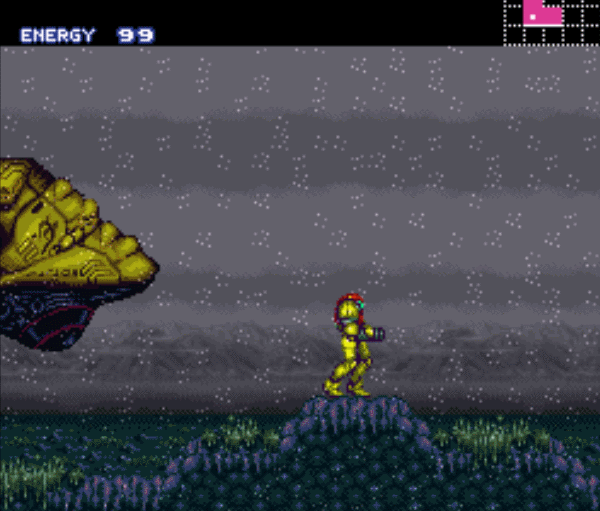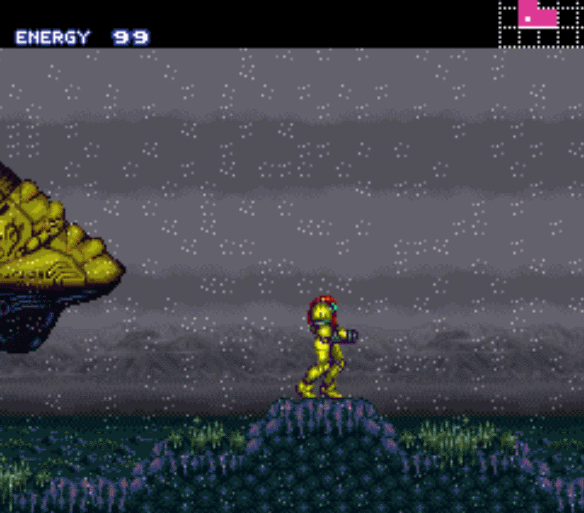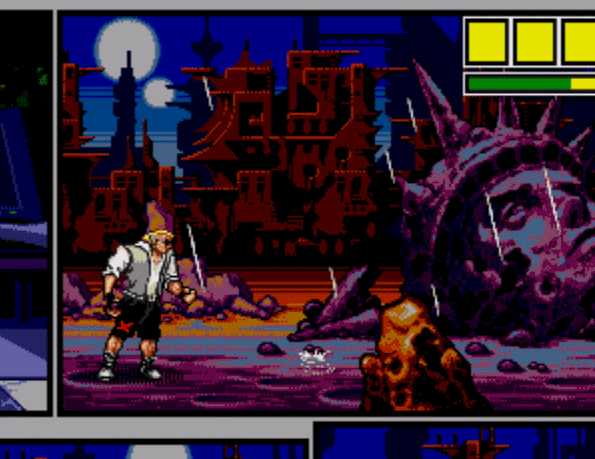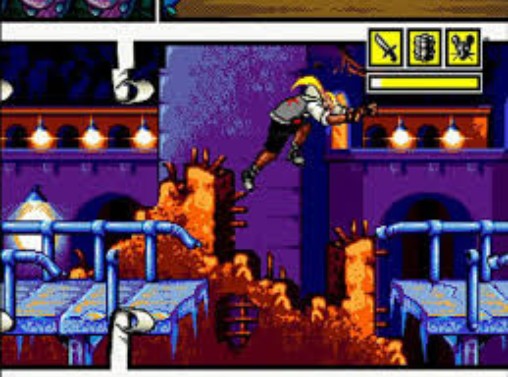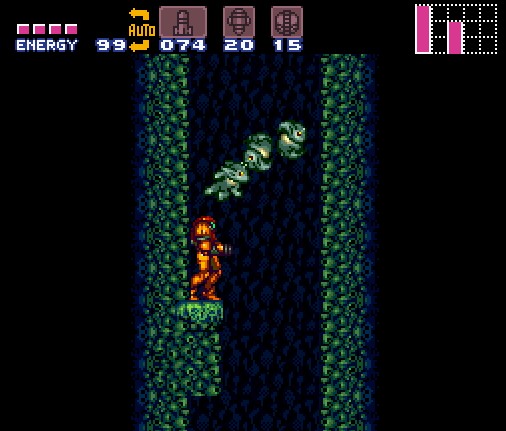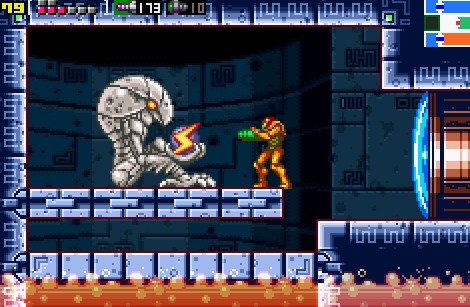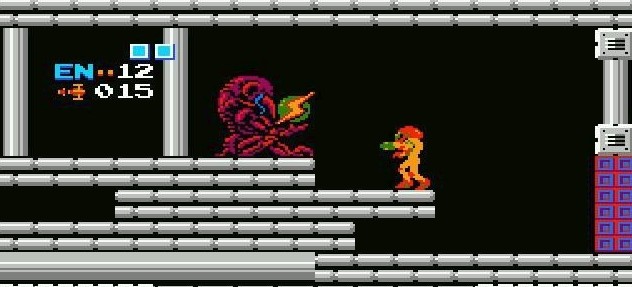
RetroHate
Metroid Jump & Air Control
Greetings Retro Ladies and Old-School Gents and welcome to another RetroHate. Today’s title may sound like some kind of old-school rock band but I assure you has everything to do with retro gaming. Though I won’t be tearing apart s single game, there are two games that I will be using to illustrate my point: Super Metroid and Comix Zone. Bear in mind that I love both of these games but there’s a certain aspect of the gameplay that I find utterly annoying and continually frustrating. Something I have dubbed, The Metroid Jump.
Have you ever noticed that in Metroid, there are two types of “jump” not counting the near-infinite space jump/screw attack? There’s the standing still, straight up jump. And then there’s the leaping ten-feet-forward, acrobatic, tumble jump. The straight jump is activated by just pressing the jump button while standing perfectly still. The long, tumble-forward jump you have to first press or be pressing a directional button and then press jump. Observe…
Super Metroid:
Comix Zone takes the Metroid Jump and cranks it to eleven:
As you can see, the straight jump generally has the most vertical height but the least horizontal distance. The long jump conversely has the least vertical altitude but the greatest horizontal range. Depending on the game, the aerial maneuverability of each jump can vary. The long jump in Comix Zone for instance has virtually no aerial maneuverability and even the straight jump has very limited movement while airborne. On the flip side, Super Metroid’s long jump has the greater aerial movement compared to the straight jump.
“Well so what?” You may be saying. “What’s the big deal?” I’ll tell you the big deal. The big deal is that having those two distinct types of jump, each with the own range and maneuverability, makes platforming with any sort of precision a funking pain in the Tanooki Tail. You might be able to aim yourself onto that narrow stalagmite with the straight jump, but you’d sail right into the lava pit if you used the long jump. If you try to long jump off of that same stalagmite to reach the next platform, there’s a 50-50 chance that pressing left or right that one millisecond before the jump button will twitch you right off your perch and to your doom. Both the long jump and straight jump essentially each have their own unique, static physics; meaning the height and length of your jump has absolutely nothing to do with your forward momentum. The “physics” of your jump is determined by whether you pressed the directional button a millisecond before or after you pressed the jump button.
Not all platformers use the Metroid Jump though. Sonic and Mario, while they may suffer from Mario Foot, have relatively consistent jump height, distance and aerial control whether you are jumping from a standstill or tapped a directional button milliseconds before jumping. Instead of the static duality of the Metroid Jump, games like these alter your jump depending on your momentum; the faster you are moving forward, the longer your jump will be. You know, like real physics. Metroid Jump don’t need your physics yo.
I’m no stranger to platformers, retro and modern, but if you’re going to demand precision platforming then I demand consistency and simplicity. I don’t need or want two completely different jump types that are a mere millisecond press of a directional button apart. I’d much prefer, nay, I DEMAND that the height, length and aerial maneuverability of my jumps be determined by my forward momentum. ‘Cause physics.
